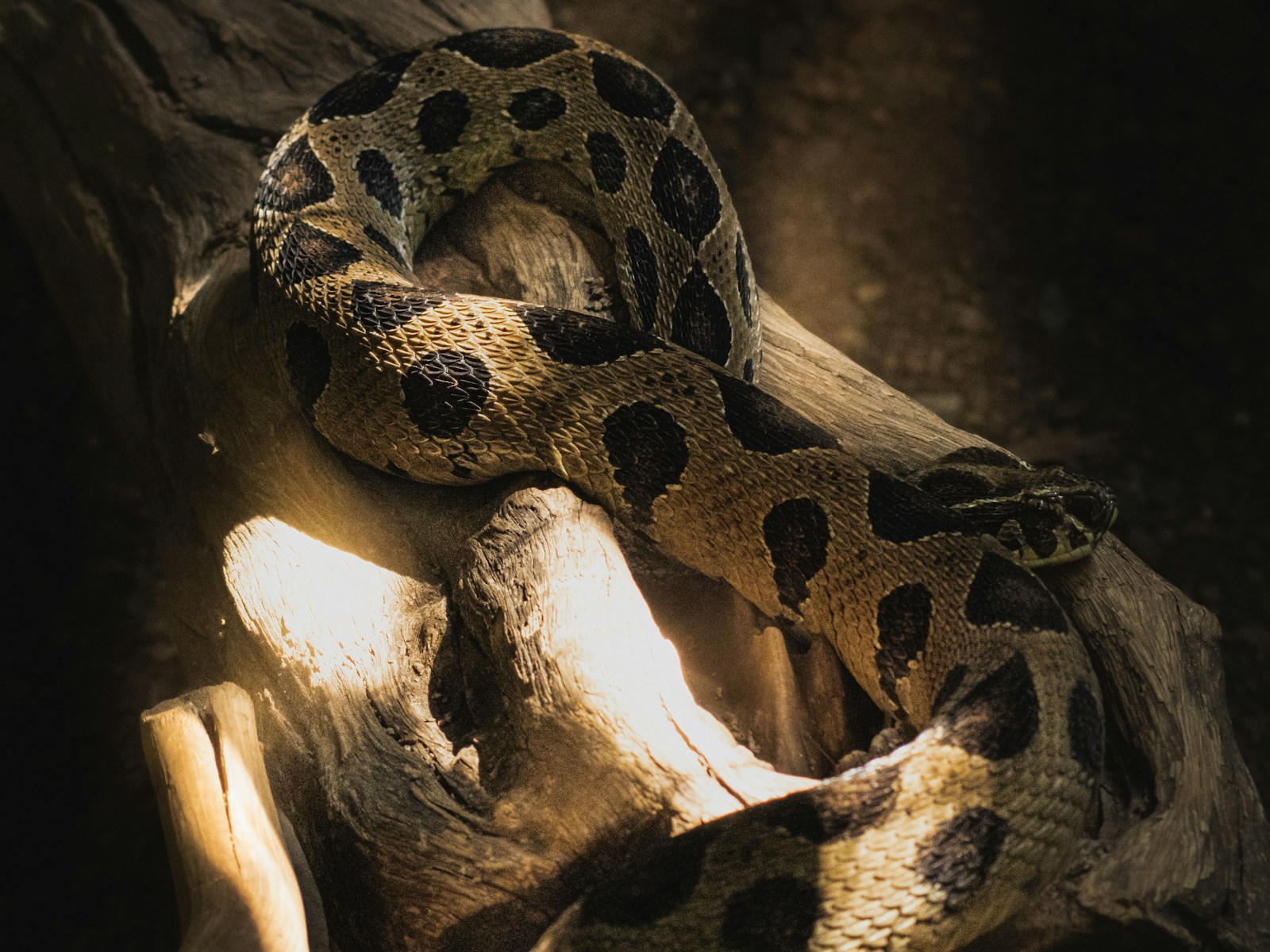Maintaining a proper feeding schedule is one of the most crucial aspects of snake ownership. These fascinating reptiles have specific dietary needs that, when not properly addressed, can lead to serious health complications. Whether you’re a first-time snake owner or have years of experience, feeding mistakes can happen to anyone. Understanding these common pitfalls can help ensure your scaly companion thrives under your care. This article explores five frequent mistakes snake owners make with feeding schedules and offers practical solutions to avoid them.
Feeding Too Frequently
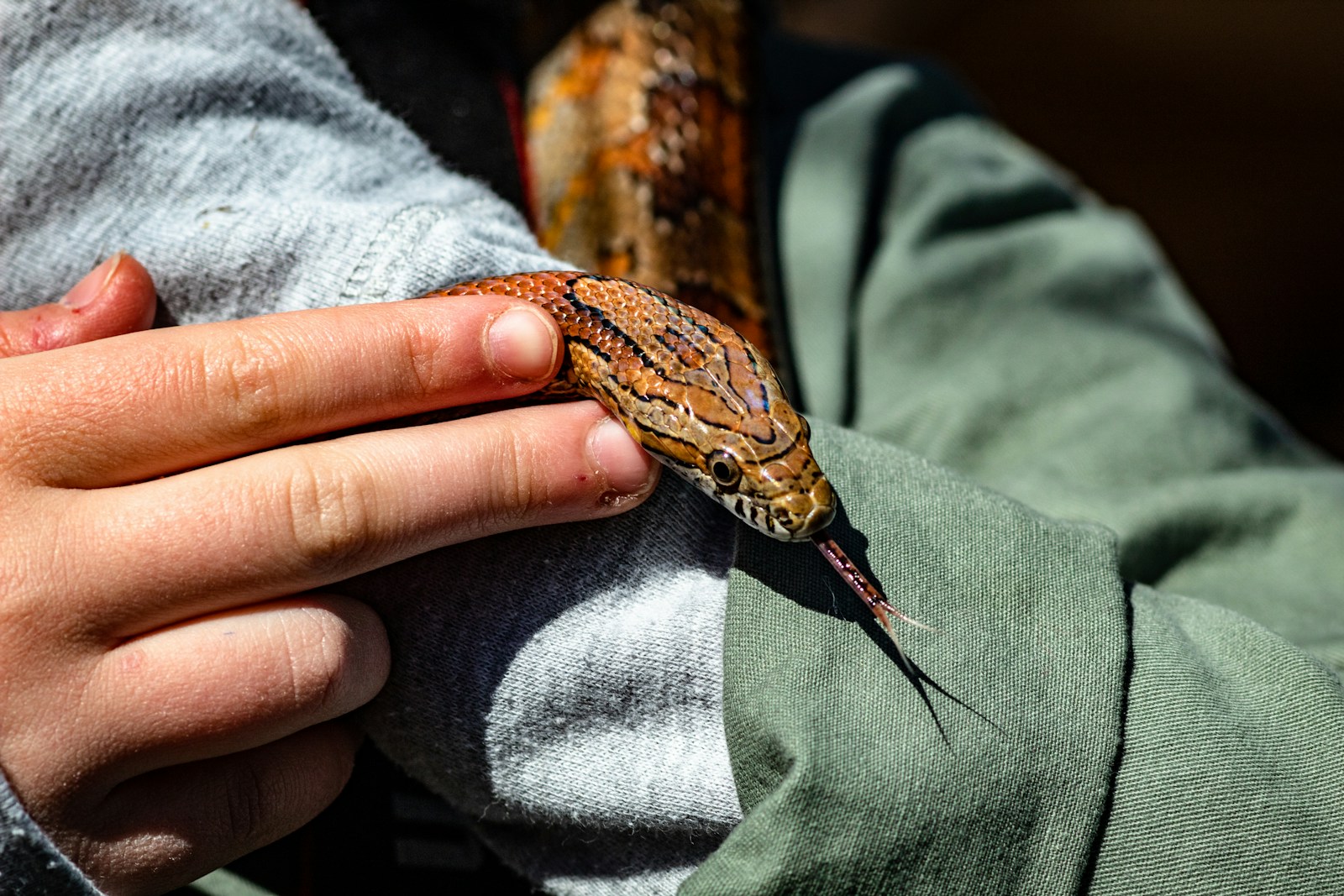
Unlike mammals that may require daily feeding, snakes have evolved to consume large meals with significant time intervals between feedings. One of the most common mistakes new snake owners make is overfeeding their pets, believing that more food equates to better care. This misunderstanding can lead to obesity, regurgitation, and metabolic disorders that significantly impact your snake’s health and longevity. Different species have different requirements – while a young corn snake might eat every 5-7 days, adult ball pythons may only need to be fed every 2-3 weeks. Overfeeding not only causes physical health issues but can also create behavioral problems and unnecessary stress for your reptilian companion.
Ignoring Life Stage Requirements
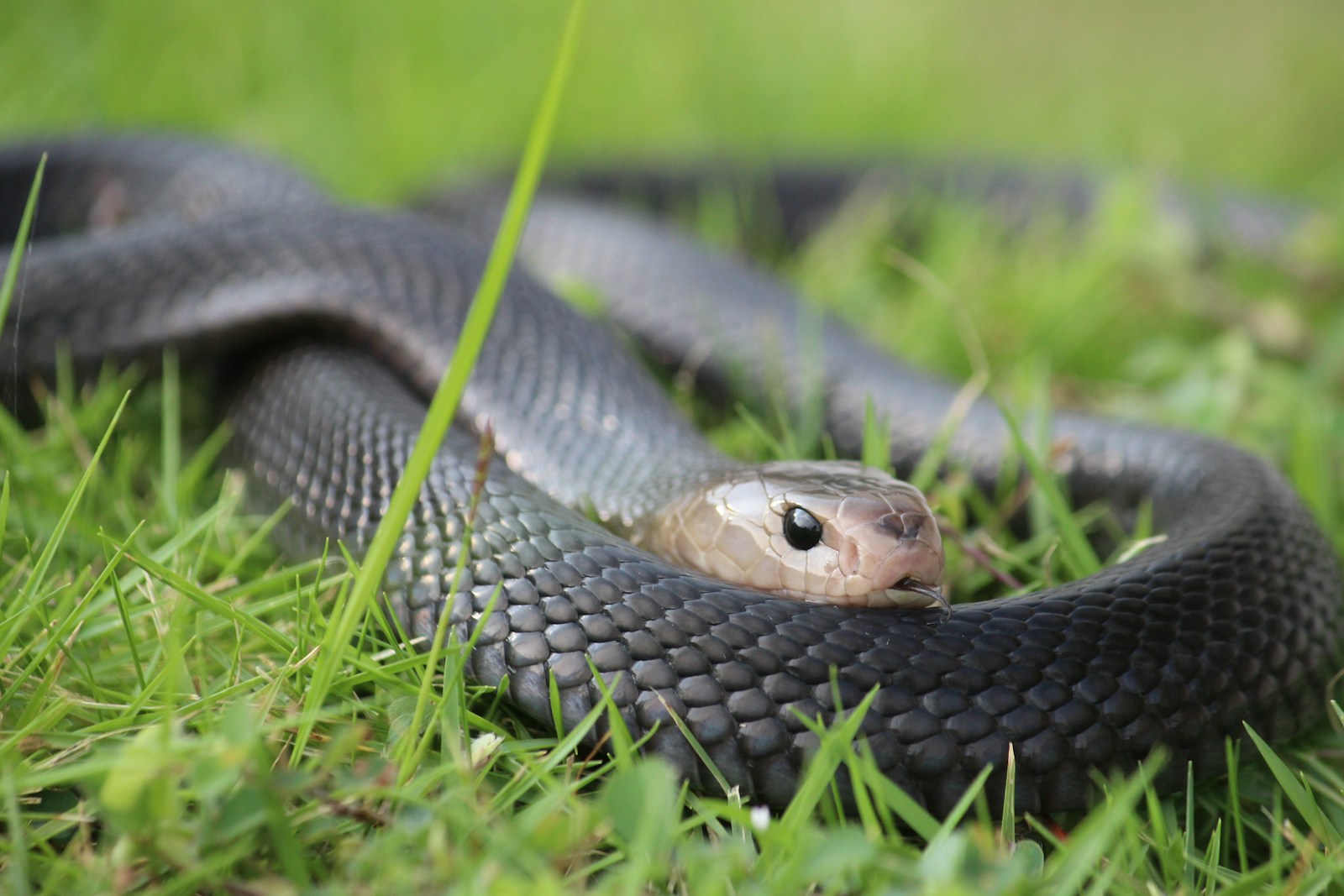
Failing to adjust feeding schedules based on your snake’s life stage represents another critical error in snake husbandry. Juvenile snakes have higher metabolic rates and require more frequent feedings to support their rapid growth and development. As snakes mature, their metabolism naturally slows, necessitating less frequent meals of larger size. For example, a baby ball python might require feeding every 5-7 days, while an adult might only need a meal every 2-4 weeks. Seasonal changes can also affect appetite, with many species naturally reducing food intake during winter months, even in captivity. Understanding these natural cycles and adjusting your feeding schedule accordingly is essential for mimicking your snake’s natural feeding patterns.
Inappropriate Prey Size Selection
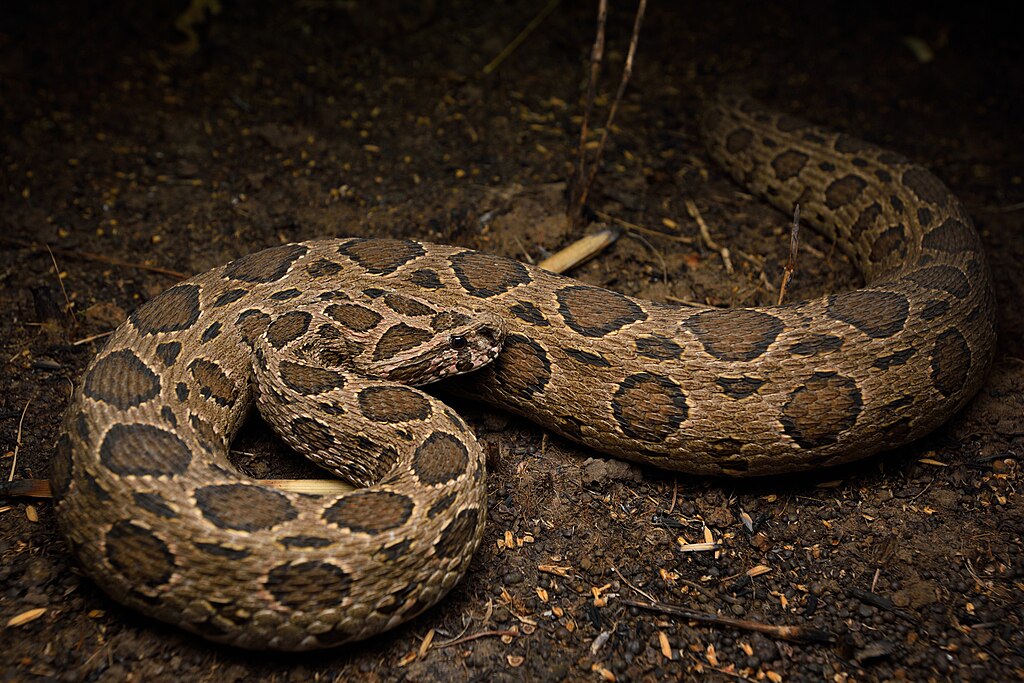
Selecting incorrectly sized prey items is a mistake that can lead to serious health complications for your snake. The general rule of thumb suggests feeding prey that is approximately 1-1.5 times the diameter of your snake’s midsection, but this varies by species. Offering prey that’s too large can cause regurgitation, injury, or even fatal impaction if the snake manages to consume it but cannot properly digest it. Conversely, prey that’s too small fails to provide adequate nutrition and may lead to excessive hunting behavior or nutritional deficiencies. Additionally, consistently feeding undersized prey items means more frequent feedings are needed, which disrupts natural digestive cycles and can cause undue stress on the snake’s digestive system.
Handling Snakes Too Soon After Feeding
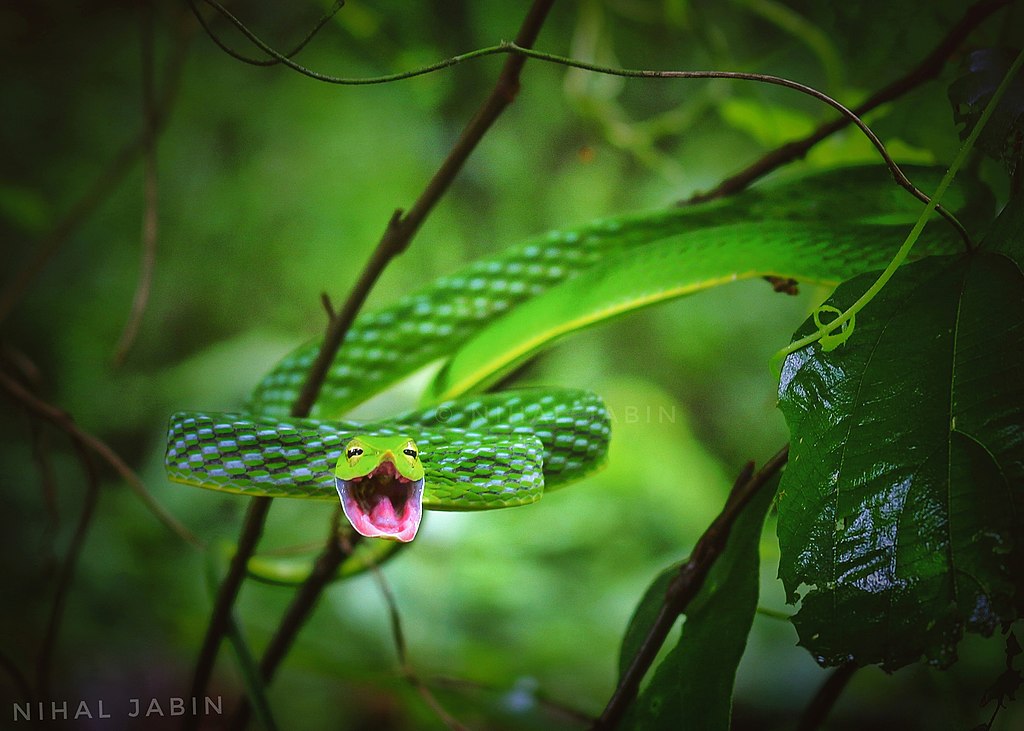
Handling a snake too soon after it has eaten is a dangerous mistake that many owners make, particularly those new to snake keeping. Snakes require significant time to properly digest their meals, with digestion being an energy-intensive process that can last several days. Handling during this critical period can cause stress that may lead to regurgitation, a traumatic experience that can damage the snake’s esophagus and expose them to unnecessary health risks. As a general practice, snake owners should wait at least 48-72 hours after feeding before handling their pet, though larger meals may require even longer digestion periods. This patience ensures your snake can properly process its meal and prevents potential digestive complications that could arise from disruption.
Inconsistent Feeding Schedule
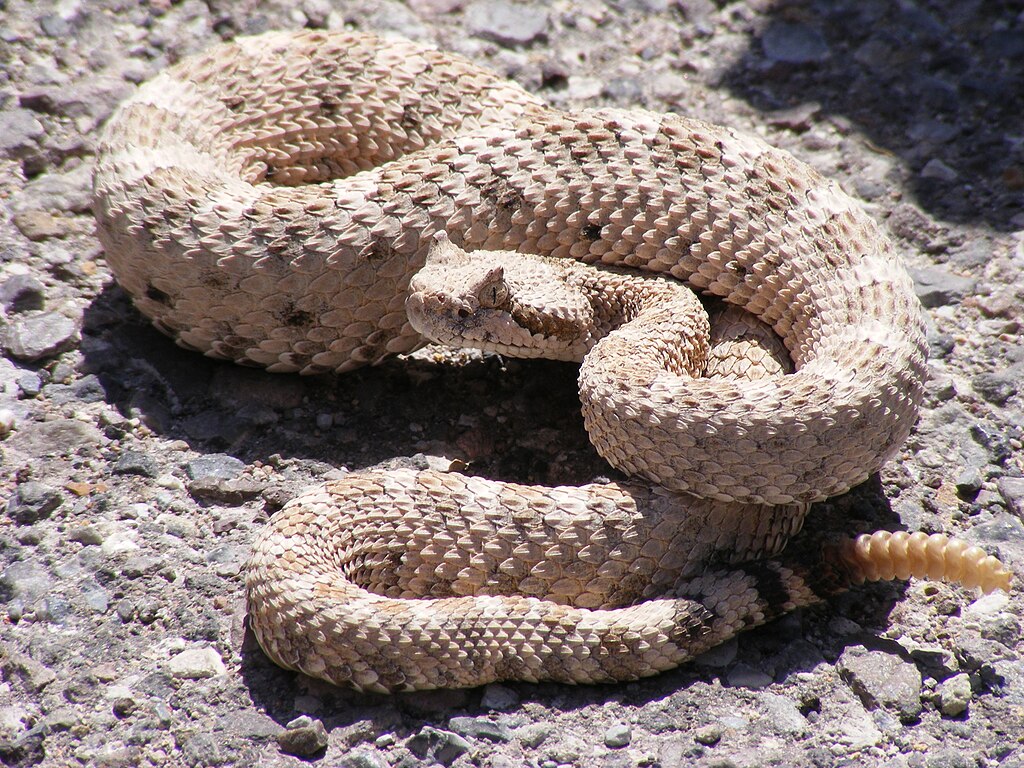
Maintaining an erratic feeding schedule is detrimental to your snake’s overall well-being and can lead to stress-related health issues. Snakes thrive on routine and predictability, especially regarding when they receive food. An inconsistent feeding schedule can disrupt their natural biological rhythms, potentially leading to refused meals, irregular shedding, or compromised immune function. Some owners mistakenly feed whenever convenient for their schedule rather than establishing a regular pattern that aligns with their snake’s biological needs. Creating a feeding calendar and adhering to it helps your snake develop healthy eating patterns and contributes significantly to their overall comfort and security in captivity.
Feeding Live Prey Unnecessarily
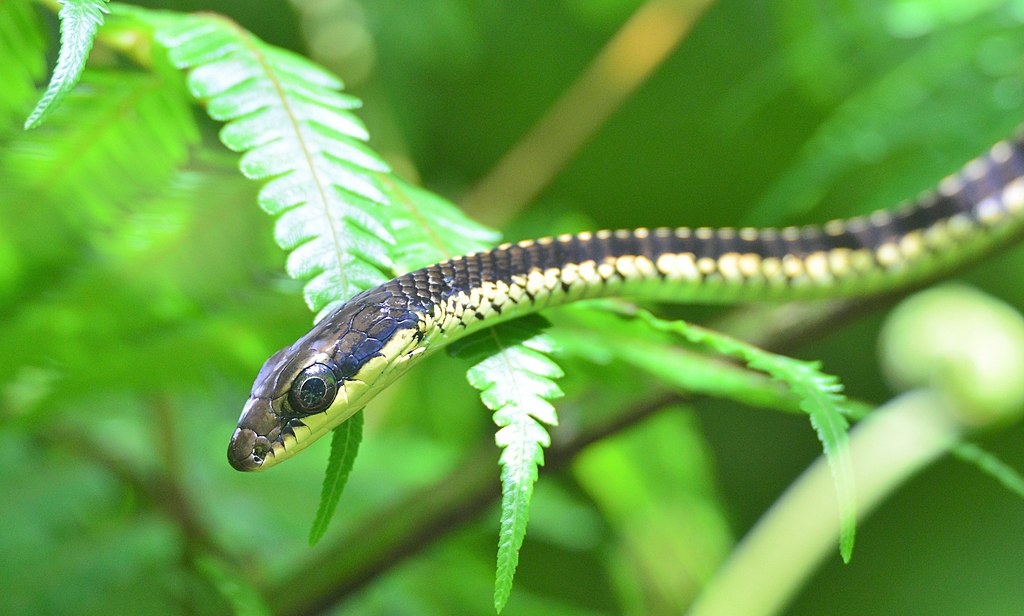
While some snake owners believe feeding live prey is more natural, it often represents an unnecessary risk to both the snake and the feeder animal. Live rodents can seriously injure snakes with their teeth and claws, especially if the snake isn’t hungry or is stressed by the prey’s presence. These injuries can lead to infections, scarring, and in severe cases, fatal wounds. Most captive-bred snakes readily accept pre-killed prey, which eliminates this risk entirely. The transition from live to pre-killed prey may require patience and various techniques, such as warming the prey item or employing gentle movement to trigger the snake’s feeding response. Pre-killed prey also offers the additional benefit of eliminating the possibility of introducing parasites or diseases that live feeder animals might carry.
Ignoring Seasonal Appetite Changes
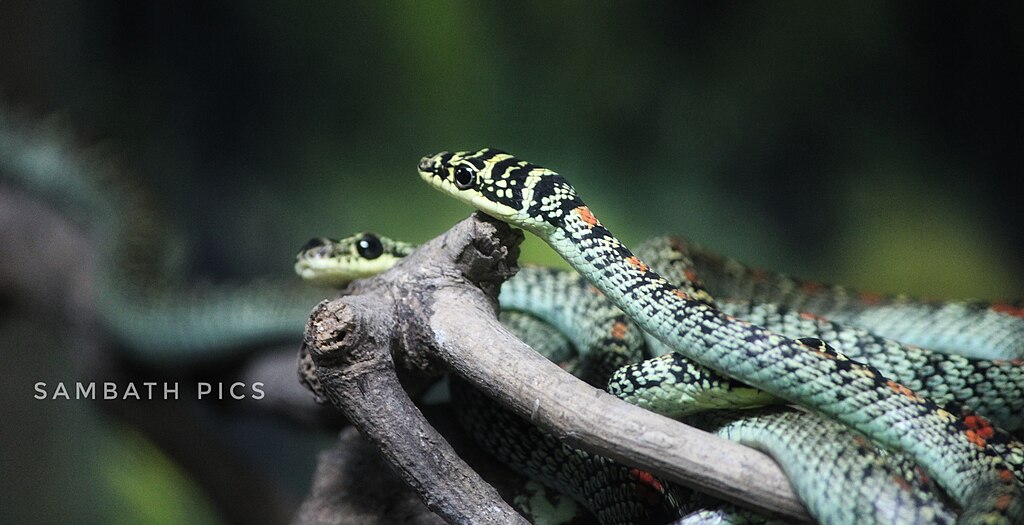
Many snake owners fail to recognize that seasonal changes significantly impact their pets’ appetite and metabolism, even in controlled indoor environments. Most snake species naturally experience periods of reduced appetite during winter months, a phenomenon known as brumation – the reptilian version of hibernation. Forcing food during these natural fasting periods can lead to regurgitation and digestive issues as the snake’s body isn’t physiologically prepared to process meals. Seasonal appetite changes may also correlate with breeding cycles, particularly in adult females who often reduce feeding before egg production or live birth. Being attentive to these natural rhythms and adjusting feeding schedules accordingly demonstrates responsible snake husbandry and respect for your pet’s biological programming.
Feeding in the Main Enclosure
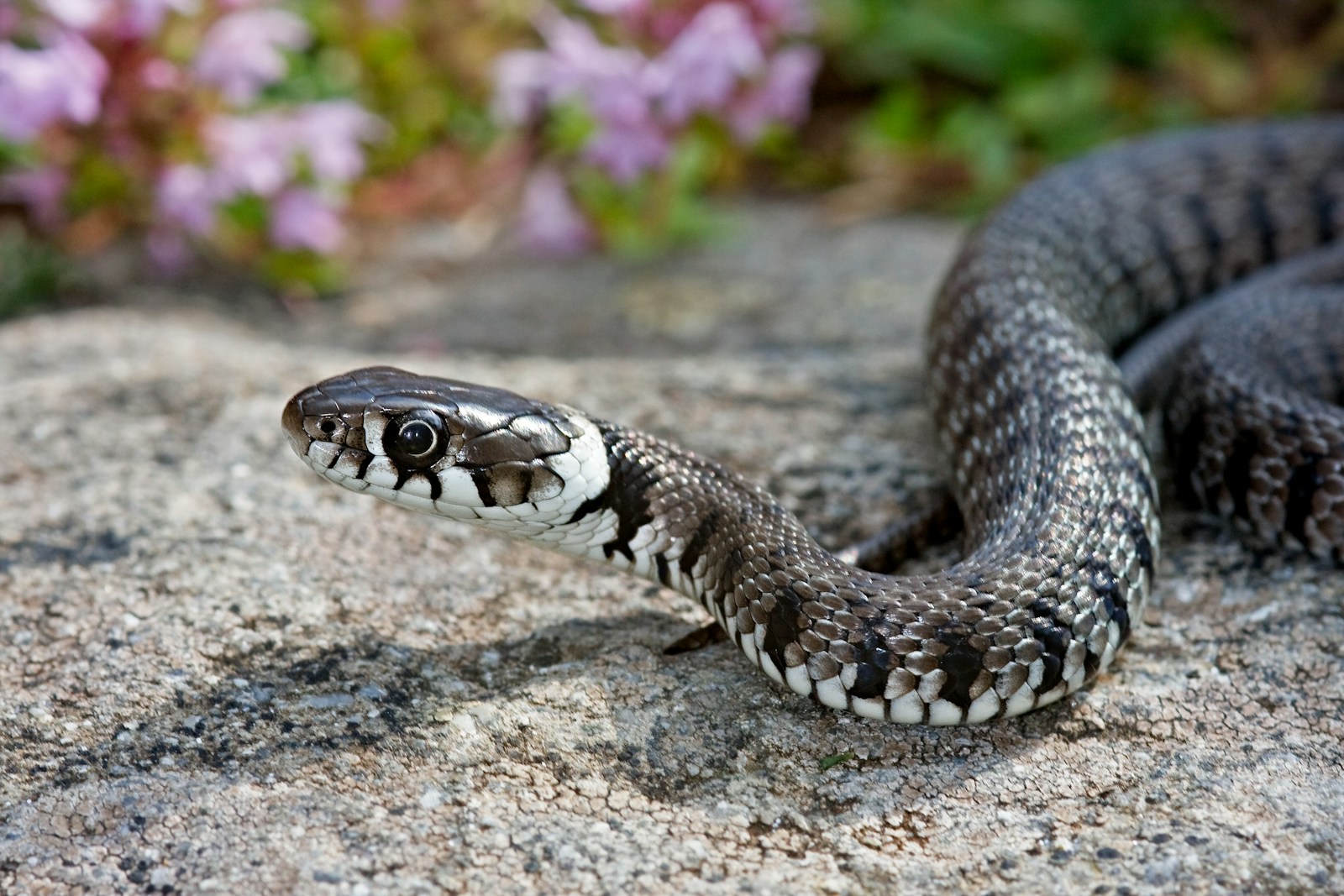
The practice of feeding snakes in their main enclosure is controversial among reptile enthusiasts, but it can lead to problematic associations for some species. When snakes are consistently fed in their primary living space, they may develop a feeding response to any enclosure opening or movement, increasing the likelihood of accidental bites during routine maintenance or handling. This phenomenon, known as food aggression, can make interaction with your pet stressful and potentially dangerous. Many experienced keepers recommend using a separate feeding container – a method that also reduces the risk of substrate ingestion, which can cause impaction. However, this approach must be balanced against the stress of moving some sensitive species, making this decision one that should be tailored to your individual snake’s temperament and species-specific needs.
Not Monitoring Weight and Body Condition
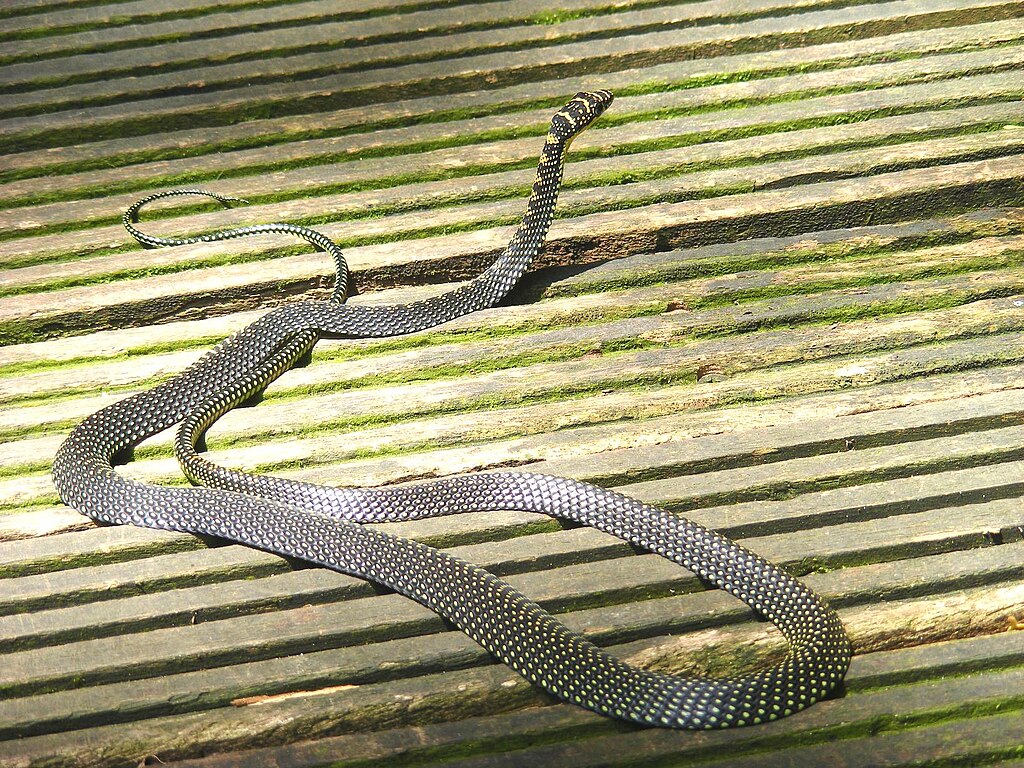
Failing to regularly monitor your snake’s weight and body condition represents a significant oversight in responsible snake ownership. Without tracking these vital metrics, it becomes difficult to determine if your feeding schedule is appropriate for your individual snake’s needs. A healthy snake should display proper muscle tone with a subtle triangular shape when viewed in cross-section – not too round from overfeeding nor too angular from underfeeding. Regular weighing (monthly for adults, bi-weekly for growing juveniles) provides objective data about your snake’s growth patterns and overall health. Significant weight loss or gain should prompt immediate evaluation of your feeding protocol and possibly a veterinary consultation to rule out underlying health issues that might be affecting your snake’s ability to maintain an appropriate weight.
Neglecting Proper Food Preparation
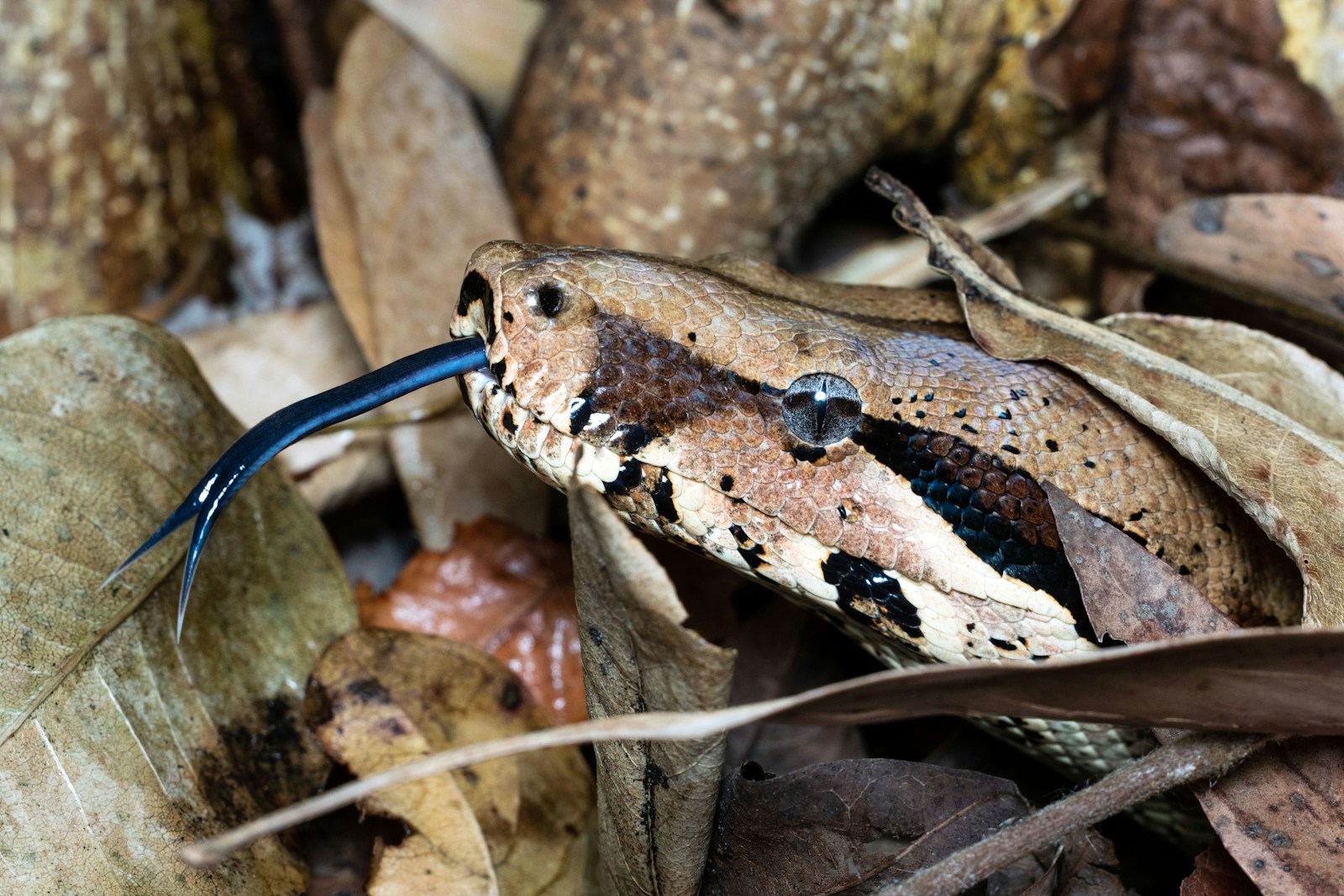
The proper preparation of prey items is frequently overlooked but critically important to snake nutrition and safety. Thawing frozen prey items improperly – such as using a microwave or excessively hot water – can partially cook the prey, altering its nutritional profile and potentially making it unpalatable to your snake. Conversely, failing to thoroughly thaw frozen prey can lead to digestive issues, as snakes lack the ability to efficiently process partially frozen food. Room temperature prey items most closely mimic what a snake would encounter in the wild and are therefore most likely to trigger a natural feeding response. Additionally, proper prey handling and storage practices are essential for preventing bacterial contamination that could cause serious illness in your reptilian companion.
Feeding When Environmental Conditions Are Poor
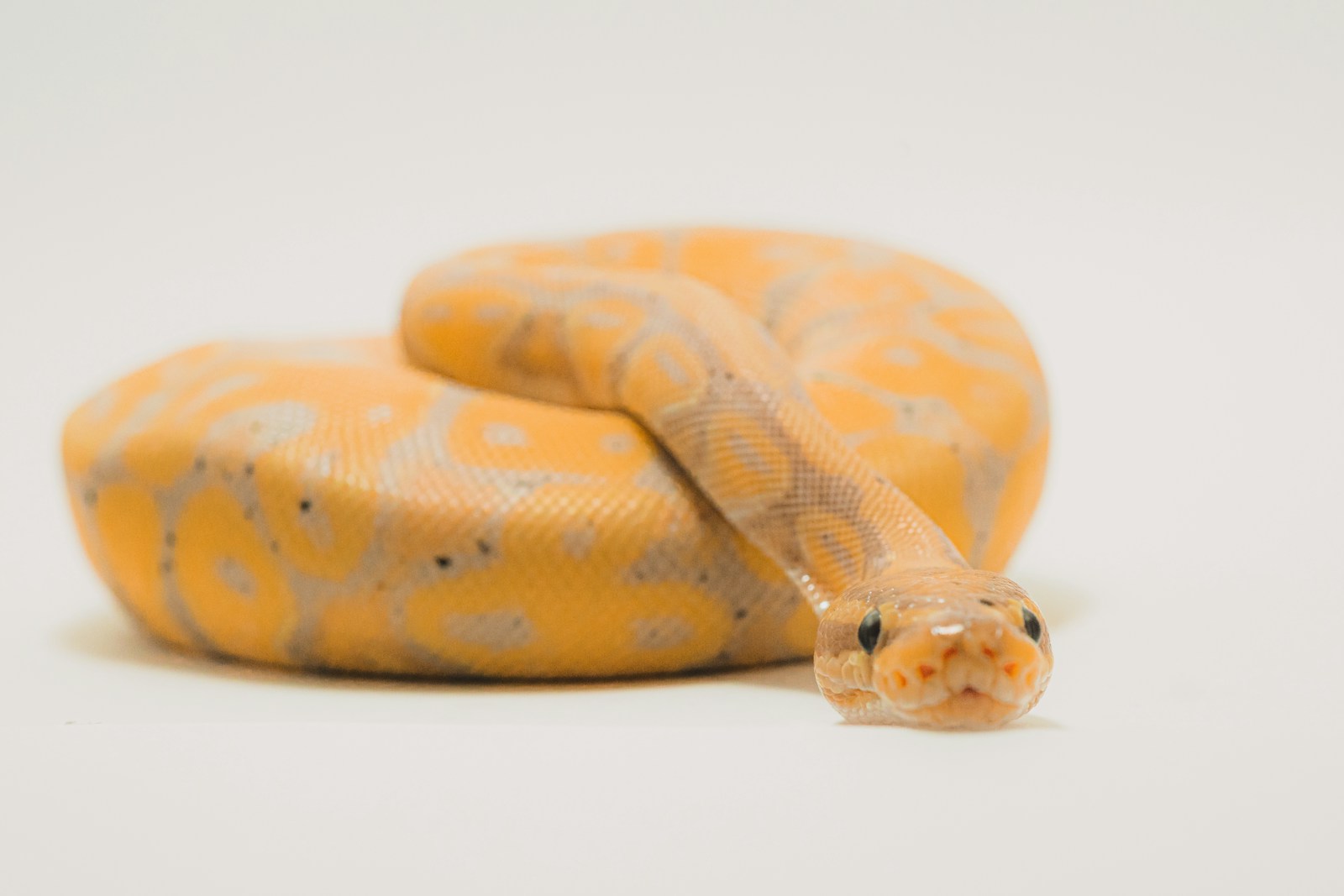
Attempting to feed your snake when enclosure conditions aren’t optimal represents a common but easily avoidable mistake. Snakes are ectothermic animals whose digestive efficiency directly correlates with their environmental temperature. If the enclosure is too cold, the snake’s digestive enzymes cannot function properly, potentially leading to food rotting in the gut rather than being properly digested. Similarly, inappropriate humidity levels can affect overall health and willingness to feed. Many owners don’t realize that feeding should be postponed during times of environmental stress, such as immediately after changing enclosures or during the shedding process when snakes naturally fast. Being attentive to these details demonstrates an understanding of your snake’s physiological needs and contributes significantly to their long-term health.
Failing to Adapt to Individual Needs

Perhaps the most fundamental mistake snake owners make is failing to recognize and adapt to their individual snake’s unique needs and preferences. While general feeding guidelines exist for each species, significant variation occurs between individuals based on metabolism, activity level, genetics, and even personality. Some snakes naturally maintain healthy body condition on less frequent meals, while others require slightly more regular feeding to thrive. Responsible snake ownership involves careful observation and willingness to adjust feeding protocols based on your specific animal’s response. This individualized approach extends to prey preferences as well – while most ball pythons readily accept rats, some individuals show strong preference for specific prey types or preparation methods. Developing this nuanced understanding of your pet takes time but results in optimal health outcomes and strengthens the bond between keeper and animal.
Conclusion: Creating a Balanced Approach
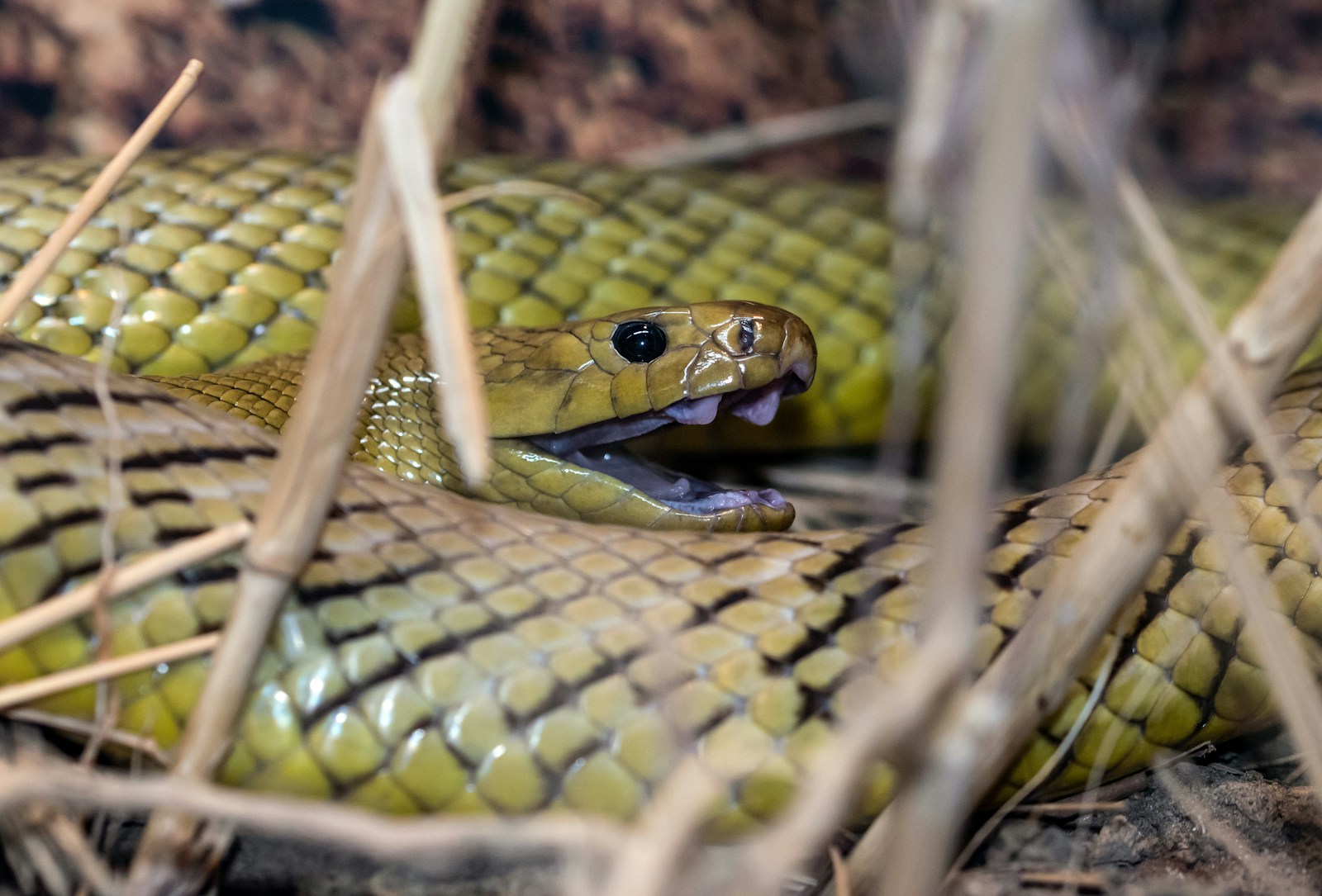
Successful snake feeding schedules balance scientific understanding with attentiveness to your individual snake’s needs. By avoiding these common mistakes, you’ll create an environment where your serpentine companion can thrive both physically and behaviorally. Remember that feeding represents more than simple nutrition – it’s an opportunity to observe your snake’s health, behavior, and overall well-being. When developing your feeding protocol, consult reptile veterinarians and experienced keepers for species-specific guidance, but always be willing to make adjustments based on your snake’s individual response. With proper attention to feeding practices, your snake can live a long, healthy life in your care, expressing natural behaviors and maintaining optimal physical condition throughout its lifespan.

